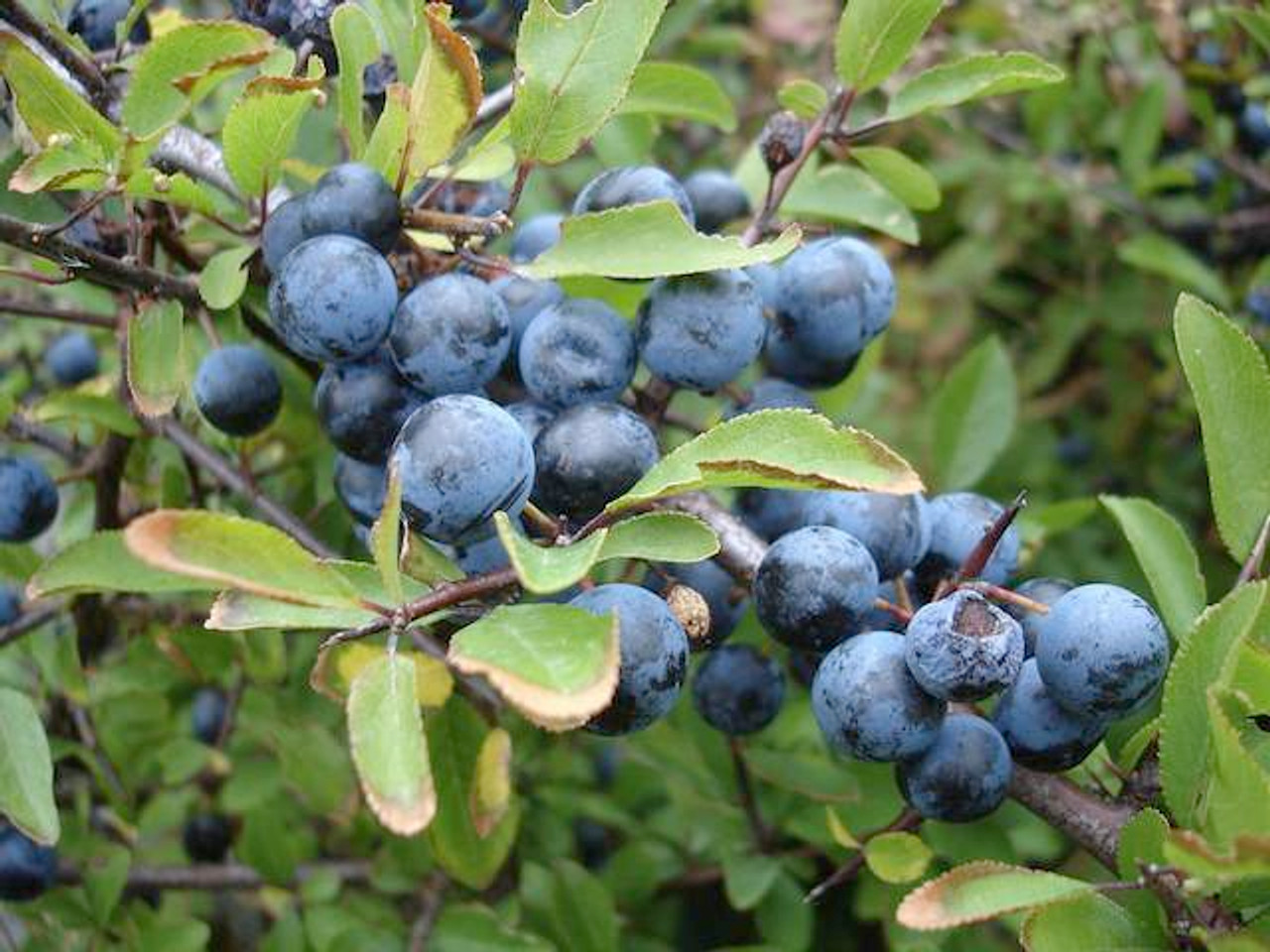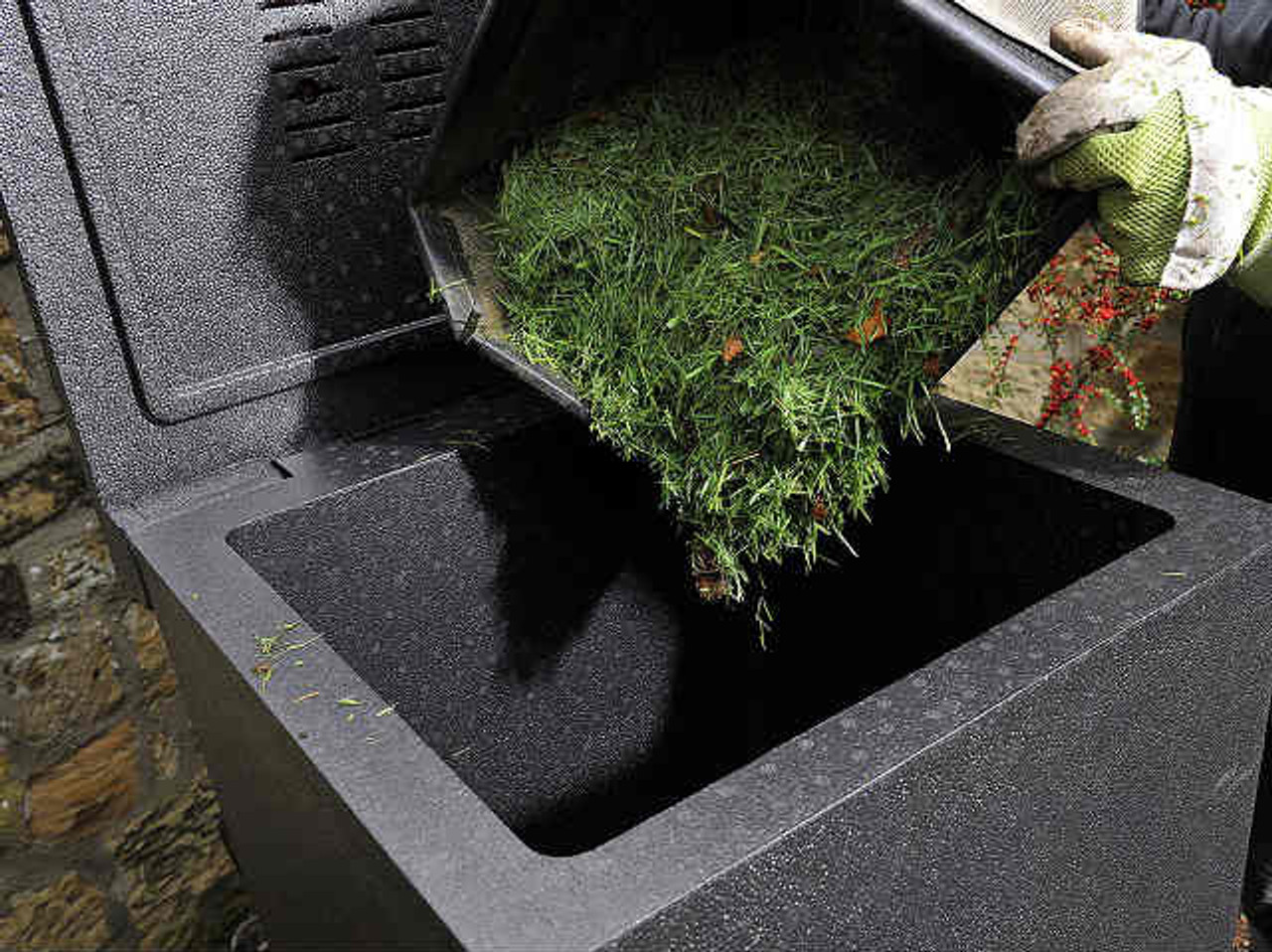Garden Biodiversity Tips

One of the greatest pleasures in gardening is watching life flourish all around you: not just in terms of the plants you grow, but also the non-human visitors to your garden. A biodiverse garden isn't just a joy to spend time in, it's also more resilient, productive, and balanced.
Encouraging biodiversity doesn’t necessarily mean letting things grow wild (unless that’s your goal, of course), but rather working with nature to create a space that supports many forms of life. And the good news is that even small changes can make a big difference.

Unfortunately, modern and misguided practices have led to a stripping away of all kinds of wildlife habitat around the country. Whether it's trees being cut down and replaced by sitka plantings, widespread clearing of hedges (especially during nesting season) or the use of chemicals and pesticides in private gardens - all too often the needs of human convenience win out over wildlife and nature.
Ultimately though this can only harm both humans and animals. An ecosystem that has been steadily stripped of suitable habitat is one that is less healthy and balanced. The beauty of biodiversity is that nature has a way of balancing itself. 'Pest' attacks often decrease, as natural predators keep populations of troublesome insects in check.

Bird and Wildlife Friendly Native Hedging Plants - Pack of 25
View ProductHow To Encourage Biodiversity in Your Garden
In a perfect world we could all set up a mini wildlife sanctuary in our back garden, but there is of course a balance to be struck. The trick is to gently reintroduce elements that help wildlife thrive, while still keeping the garden a place you enjoy and can grow crops productively in.
Garden Layout
Start by thinking about your garden layout. A biodiverse garden is rarely uniform. Trees and hedging provide nesting spaces, shelter or food, while borders of herbaceous plants or wildflower patches can support pollinators and beneficial insects. A mixed hedge can be a magnet for birds and insects, especially when it includes native species such as hawthorn, holly, and hazel.

Native Conservation Hedging Mix - Value 50 pack
View ProductA lot can depend on space constraints, but even with a small patio garden you can achieve a lot - for example by trailing climbing plants or growing nectar-rich flowers in pots.
Garden Ponds
Few garden additions can have such a magnetic effect on wildlife as a pond. The good news is that it doesn't have to be a large one. A small pond or even a shallow dish tucked into a flowerbed can attract frogs, birds, and insects.

Similarly a pond doesn’t have to be fancy, but it is important to ensure there is some kind of entry or exit ramp, whether in the form of rocks, a timber planks or a sloping area at the edge of the pond. This will ensure that wildlife (or even pets) don't get trapped in the pond with no way to escape. Be aware also that a fish pond is not so suitable for wildlife, as the fish will dominate it.
Once a pond has been established, you can expect a diversity of life to populate or visit it, including hedgehogs, newts (possibly!), dragonflies, damselflies and hoverflies.

EasyPond 30000 Sunken Garden Pond Kit - 9m x 7m
View ProductFlowers for all Seasons
Opting for a mix of native species and pollinator-friendly blooms ensures a steady supply of nectar, seeds, and shelter. Aim to have something flowering throughout the growing season: early snowdrops and crocuses help emerging bees, while late-season asters and sedums feed the final flurry before winter sets in.
Avoid mowing your lawn in spring as much as possible; this allows wildflowers to grow naturally and provide hungry early pollinators with a food source.

Wildflower areas can be introduced in small patches, containers or borders; you don't need a meadow to make an impact (and wildflower meadows are generally more high maintenance anyway). Even a scruffy patch of dandelions and clover can serve as a feast for insects.
Soil and Biodiversity
Healthy soil is a living system in its own right, full of fungi, bacteria, worms, and microfauna that support the entire garden ecosystem. A thriving garden soil leads to healthy plants that are more resistant to disease or insect damage; this also means that you will be less tempted to use 'pest control' products.

Hotbin Composter - Hot Compost Bin 200 Litres
View ProductComposting is an excellent way to boost soil life while recycling your garden and kitchen waste. It is a circular process that returns nutrients to the soil where - in a lot of ways - they originated.
The popular practice of 'No Dig' gardening is based around the idea that leaving the soil undisturbed as much as possible results in a healthier and more fertile garden soil. Instead of digging or turning the soil, garderners are encouraged to add organic matter to the soil surface and let it break down naturally (the way it happens in natural settings like forest floors).

Fallen Leaves and Habitat
Similarly, leaving fallen leaves to break down naturally (rather than sweeping them away) can provide habitat for beetles, hedgehogs or overwintering creatures. You can also set up a 'leaf mould' cage. Leaf mould is a crumbly, black organic material that results from the gradual breaking down of leaves; it is an excellent soil improver.
Try also to go easy on the tidying. While it’s tempting to clear everything away for the sake of neatness or aesthetics (or to avoid creating a place for slugs to hide!), setting aside a small area of your garden for debris such as logs, dead plant stems, twigs etc will provide some shelter and hiding places for insects and small mammals.

Burgon & Ball Lawn and Leaf Rake
View ProductAccess for Wildlife
While birds and insects can move around freely, other wildlife need ways to access gardens as they roam around in search of food, shelter and habitat. Natural hedging is friendlier than fencing in this respect, but fences can be modified to create small access points (much like a 'cat flap' for the garden).
A good example of this is the 'hedgehog highway', which is a very small gap provided at the bottom of a garden fence, allowing hedgehogs to get in and out. These often feature colourful signage and decoration to highlight what their purpose is (in case the neighbours are wondering).

These 'wildlife corridors' serve a vital purpose. In the case of hedgehogs, a frightening number of them are killed by cars on the roads, as they are forced into completely unsuitable environments as they attempt to get around.
